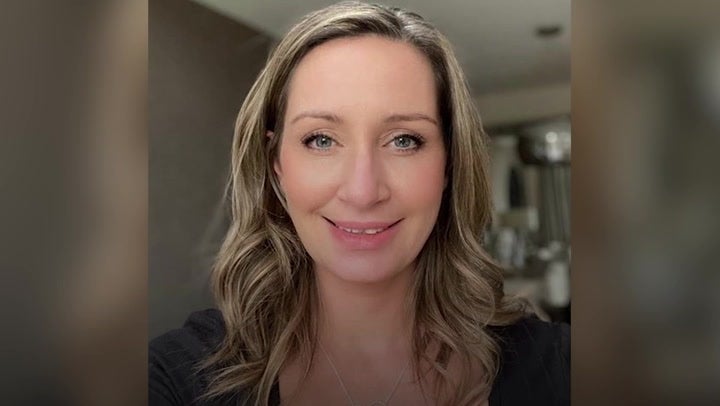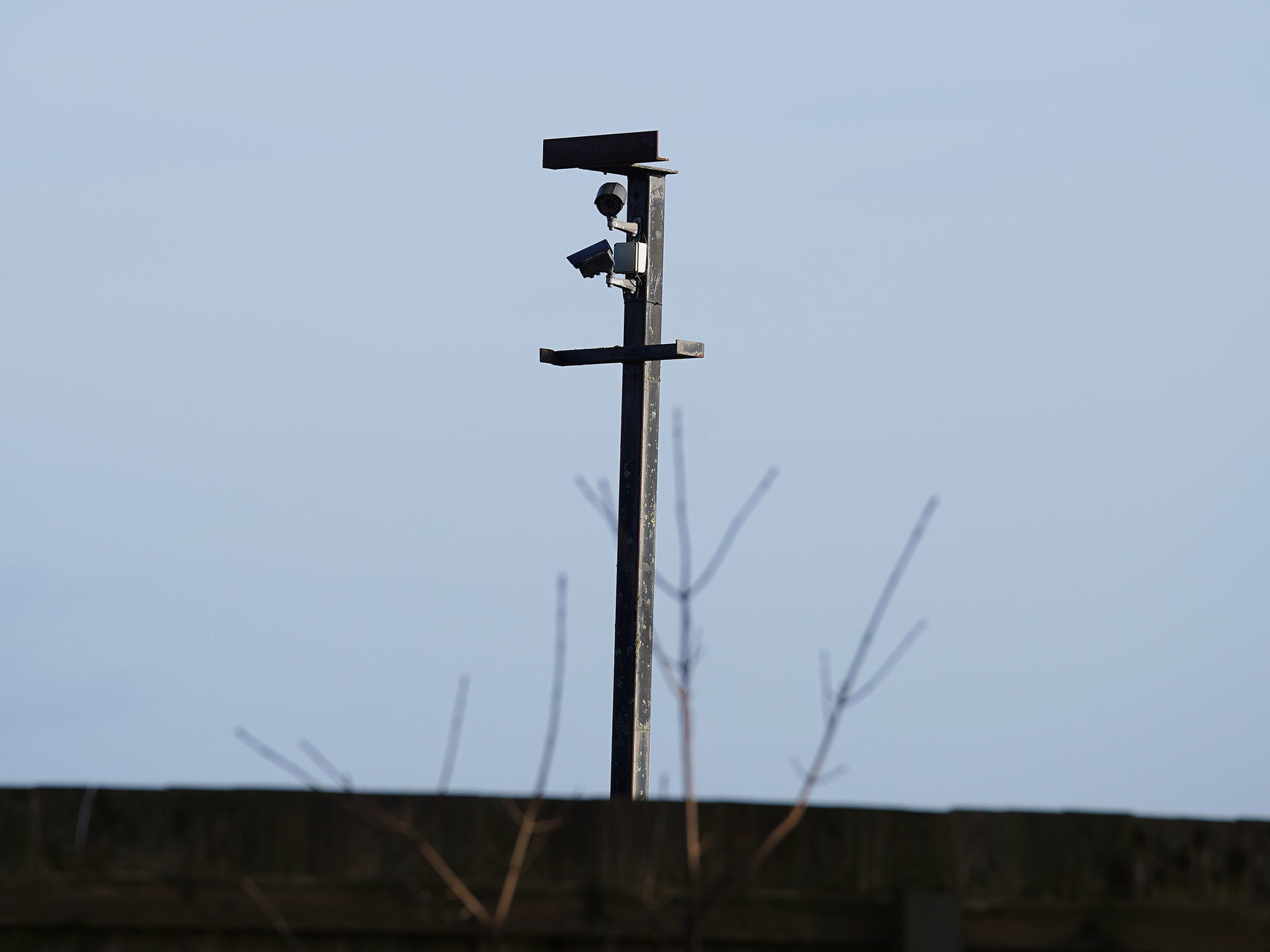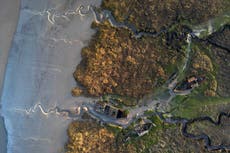Former detectives share 8 key clues that could hold the key to Nicola Bulley’s disappearance
Police should look at phone, Fitbit, other paths and more to find missing dog walker, say ex-cops
Former detectives have shared eight key areas they think police should be investigating in order to gain insights into Nicola Bulley’s disappearance.
The search for the mother-of-two has entered its third week and despite combing the village of St Michael’s on Wyre, opening more than 500 lines of inquiry and looking all the way to Morecambe Bay, police are still at a loss as to what happened to Ms Bulley.
Lancashire Constabulary over the weekend expanded their search to include the 24 hours before the last sighting of Ms Bulley, which came as she walked her dog Willow on a route she used regularly.

The force is treating its operation as a missing persons case and believes the dog walker fell in the River Wyre, which runs along the path where she walked Willow, though officers insist they are staying open-minded.
Ms Bulley’s case has gripped the nation, with several points of intrigue adding to the mystery of her disappearance. These include her phone, which was found on a bench by the river still logged into a conference call, and her dog, which led to police being alerted after it was found without its owner.
Mark Williams-Thomas, a former police detective turned journalist who exposed Jimmy Saville’s historic child abuse, and Mick Neville, a former Scotland Yard veteran, have shared what they think police should be focusing on.
The River

Mr Neville said he supported the police view Ms Bulley fell in the river.
“Every picture I see of that river bank shows the edge is a sheer drop. So the lack of foot slip marks or any disturbed ground doesn’t stop me thinking she has fallen in. I think it is most likely she is in that river,” he told Mail Online.
However, he said it was strange that diving experts were searching a specific area.
“She has been missing for over 14 days now – she could be four miles away,” he said. “They must do everything they can to stop a body getting to the sea where it will be lost.”
The Phone
Before Ms Bulley vanished she was logged into a conference call with work colleagues on her phone.
While she disappeared, her mobile was discovered on a bench near the river - a bad sign, according to Mr Neville.
“From what I can tell from this case, something is really wrong,” he said. “The mobile phone and the harness for the dog being there is a bit of a pointer.”
The Dog

Ms Bulley’s spaniel Willow was found “bone dry” by a walker near the bench, and wasn’t wearing its harness.
“The dog has been off the lead and that is why the phone and the harness are on the bench and path,” Mr Neville said.
“Maybe the dog has been running around and knocked her into the river, or she has lost her footing dodging it running about.
“The phone has been put down on the bench because the dog has been running around.”
The Bench

Forensics expert Peter Faulding previously questioned why police did not close off the area near the bench where Ms Bulley’s phone was, arguing key evidence may have been lost through public access.
Now former detective Mr Williams-Thomas has backed that concern, and believes police should have treated the scene as if an abduction or murder had taken place.
“This would now be a critical incident being dealt with as suspicious, if it had been down to me,” Mr Williams-Thomas said.
“Within 48 hours I would have treated this in the same fashion as a murder or abduction. I think police have been right to say they have an open mind – the problem that they have got is that they also said it wasn’t criminal.”
Mr Neville agreed the location should have been secured: “The police should have sealed that bank off immediately, there could have been something of forensic value there.
“I think what Lancashire Police have made a mistake with is regarding the forensics at the scene - it should have been sealed off on Friday.”
The Fitbit

Ms Bulley liked to exercise and was known to wear a Fitbit watch, which can monitor heartrate and steps taken.
Many are waterproof up to a depth of 50m which means if had fallen in the river, it could still have been working until its power failed. The device can be synched to transmit the fitness data to a user’s phone.
Mr Neville said the device could yield some potentially crucial clues.
He said: “The fitbit she wore is again something that could be very useful to police.
“That will show her heartbeat and if it has stopped at any time or changed. Can that be accessed and discovered where it stops moving?”
Ms Bulley’s friend Emma White said on 5 February that police were working on getting data from the fitbit.
“The Fitbit had not been synced since Tuesday,” she told The Sun. “The police are trying other ways to try to get information from it.”
The Pathways
CCTV or cameras of some sort cover two of the three major paths leading to the section of river where police think Ms Bulley fell in.
If Ms Bulley were to have taken her normal route she would have appeared on film but she did not.
The other route should not be ruled out, said Mr Neville. “No-one can say whether or not routes not covered by CCTV haven’t been taken either by Nicola or someone else.
“You cannot rule possibilities like this out. Investigators have to search these paths. Has anything happened there, or is there any evidence that might have been missed?” he said.
The Digital Footprint

Besides physical searches of where a missing person was last seen, police will also be looking for a “digital footprint”.
Mr Williams-Thomas said: “Police will now be going through CCTV, going house to house, looking at ANPR, but the other thing they will be doing in detail is building up a picture of her.
“The great advantage nowadays is that there is a footprint for most people, whether it’s on mobile phones or computers.”
Mr Neville said the huge increase in technology also meant suspects in many crimes could be ruled out quickly.
He added: “All these electronic devices – and CCTV – that we all have nowadays help to rule people out of enquiries nowadays.
“In the past a number of people might have been quizzed that an now be quickly ruled out.”
The Possible ‘Third Party’
Forensics expert Mr Faulding suggested a third party could have been involved in Ms Bulley’s disappearance, but police have said they did not believe this was the case.
However, officers may still be pursuing third-party involvement as a line of inquiry, Mr Neville said.
“Police will also be looking at registered sex offenders that are in or anywhere near the area,” he speculated. “If there are any, their movements will be accounted for as well as any similar cases being looked at again with this disappearance in mind.
“There will be an intelligence unit scouring all of this.”





Bookmark popover
Removed from bookmarks